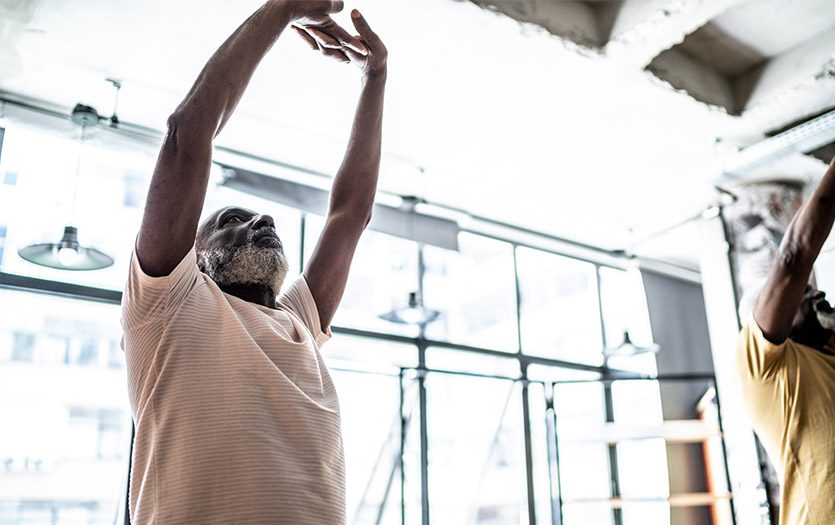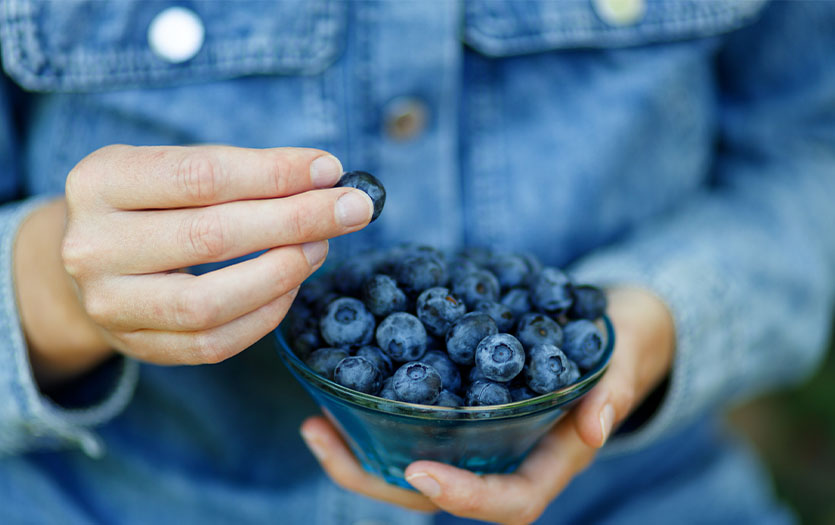
With cold weather just around the corner, some people who cope with arthritis pain are steeling themselves for winter aches and pains. For World Arthritis Day, we asked Parkview Huntington Hospital occupational therapist Ashley Wilson, MOT, OTL, CDP, for her thoughts on minimizing arthritis pain during these chilly winter months.
Practically every day, I hear claims from patients that they are able to predict a change in weather based on the way their joints feel. Recently, a patient told me emphatically that it was going to rain in the next 36 hours – she could just “feel it”. While many people are able to relate to this situation, some may believe that the phenomenon of arthritis pain getting worse in the cold is an old wives’ tale.
Actually, science backs up those claims. Winter weather can contribute to arthritis pain in specific ways, according to the Arthritis Foundation. Wet weather, declines in temperature and storms are associated with changes in barometric pressure that can cause swelling inside your joints. In addition, when the weather is cold and wet, we’re less likely to exercise and be active, which means joints are more likely to “stiffen up”. Plus, the darker months of winter tend to increase the risk of depression, which, in turn, increases sensitivity to pain.
Addressing discomfort
If you struggle with arthritis pain and stiffness, here are some tips to help you find relief despite the bone-chilling cold of winter weather:
- Reduce pressure and discomfort in your hands when working with objects: Wrap foam/cloth/tape around handles to cushion the grip.
- Supplement your vitamin D intake. Low levels are associated with sensitivity to arthritis pain.
- Hydrate and eat anti-inflammatory foods. Load up on foods that contain substances that help reduce inflammation.
a. Omega 3 fatty acid is found in oily fish, such as salmon, sardines, mackerel,
herring and tuna.
b. Catechins, or flavonoids, are found in freshly brewed teas, plus apples, blackberries, cherries, guava, pears, sweet potatoes and fava beans. Dark chocolate also contains catechins, but be careful to consume only an ounce or so (a couple of small squares) per day due to fat content. - Avoid/eat fewer foods that promote inflammation. Some foods and ingredients can actually make pain and inflammation worse. Try to reduce your intake of sugar, high fructose corn syrup, refined carbohydrates (low-fiber breads, pastry, etc.), and red meats.
- Dress warmly and layer up: Wear gloves or mittens and warm socks, and remove any damp clothing. If you need to maintain your dexterity while working indoors, but you tend to get cold hands, try gloves without fingertips.
- Reduce pain before/during/after activities: Apply heat or cold to your joints, for example. Swimming or bathing in warm water can help, too.
- Reduce pain while sleeping: Elevate and support your arms and legs to take stress off of joints.
- Use topical pain relief if discomfort is too great: There are many gels, creams and sprays on the market that can provide temporary relief from pain. However, read labels and use these products with care.
- Nurture your energy: Stay active with light exercise – pace yourself and take frequent breaks. Take care to eat with nutrition in mind, and get enough sleep. Sleep experts recommend adults get at least eight hours of sleep per night for energy and cognitive health.
If pain lingers or is really stubborn, consider speaking with an occupational or physical therapy professional. We are trained to help devise adaptations in daily routines to minimize arthritic pain, as well as strategies to help you compensate.



